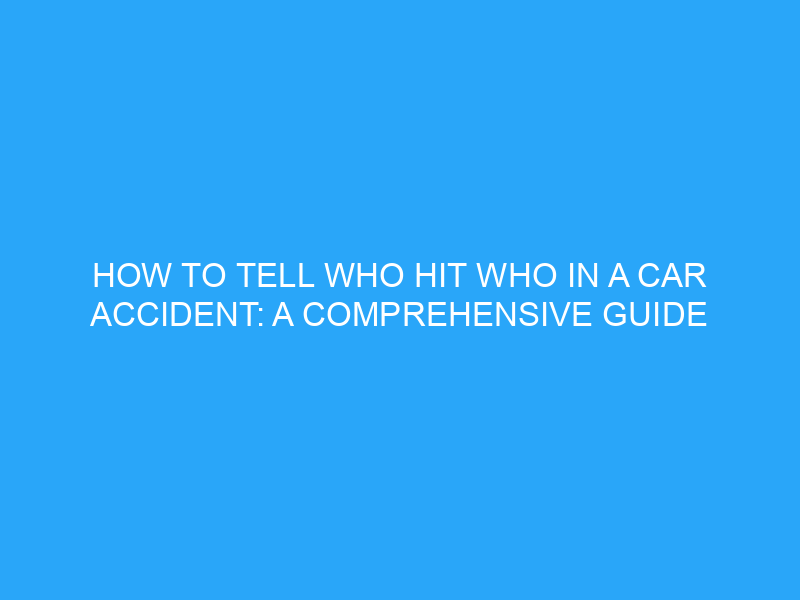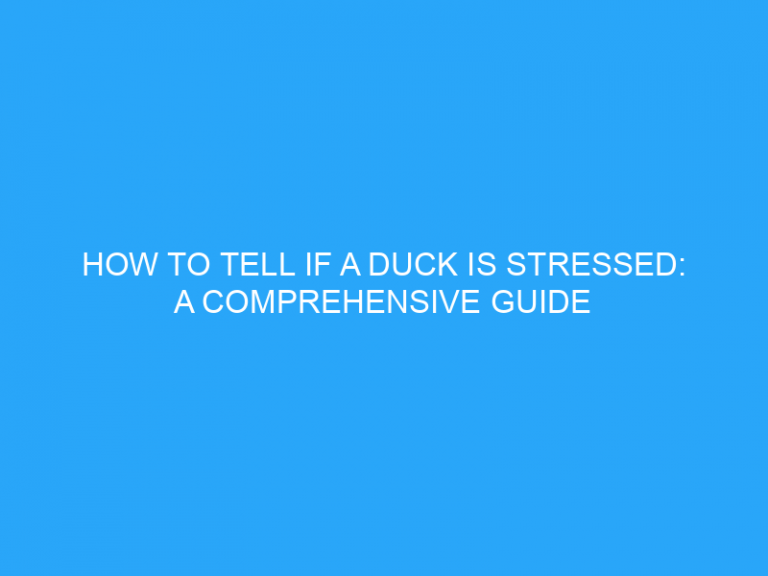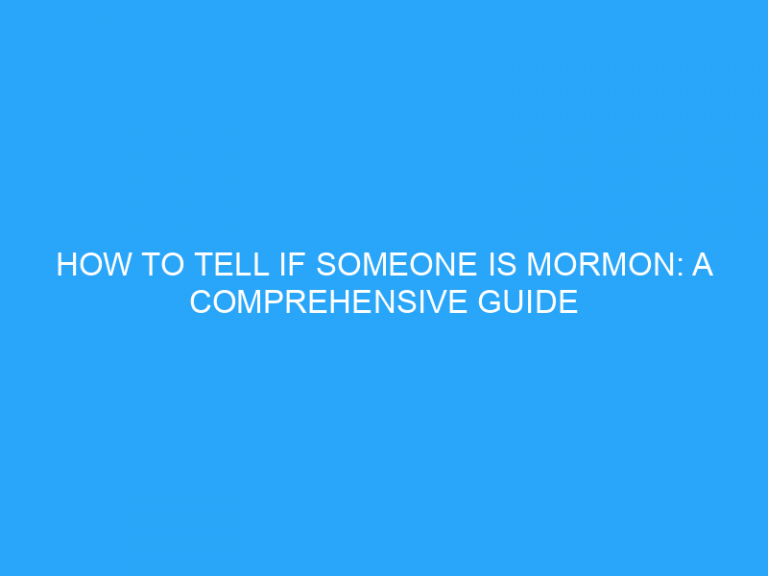Introduction:
In the aftermath of a car accident, it can be difficult to determine who is at fault and who is liable for damages. Knowing how to tell who hit who in a car accident is essential to ensuring that the liable party pays for damages. In this guide, we’ll discuss the steps you can take to determine who is at fault in a car accident, as well as frequently asked questions about determining who hit who in a car accident.
How to Tell Who Hit Who in a Car Accident
When determining who hit who in a car accident, it’s important to consider the following factors:
Damage to the Vehicles
The damage to the vehicles involved can often provide a clue as to who hit who. For example, if one car has front-end damage and the other car has rear-end damage, it’s likely that the car with the front-end damage hit the car with the rear-end damage.
Statements from Witnesses
If possible, speak to any witnesses who may have seen the accident occur. Witnesses can provide a valuable perspective of what happened, as well as valuable information as to who might have been at fault.
Photographs of the Scene
If possible, take photographs of the scene of the accident. Photographs can provide evidence of the damage to the vehicles, as well as the layout of the accident scene.
Police Reports
If the police were called to the scene of the accident, they will typically file a report that includes their assessment of who was at fault. Reviewing the police report can often provide valuable insight as to who hit who in a car accident.
Frequently Asked Questions about How to Tell Who Hit Who in a Car Accident
What if the other driver doesn’t admit fault?
If the other driver doesn’t admit fault, it’s important to collect as much evidence as possible to prove that the other driver was at fault. This evidence can include photographs of the scene, witness statements, and police reports.
What if there are no witnesses?
If there are no witnesses, it can be more difficult to determine who is at fault. In this case, it’s important to carefully review the damage to the vehicles, as well as the police report, if one was filed.
What if the other driver leaves the scene?
If the other driver leaves the scene, it’s important to collect as much evidence as possible, including photographs and witness statements. It’s also important to report the accident to the police.
Conclusion
Knowing how to tell who hit who in a car accident is essential to ensuring that the liable party pays for damages. When determining who hit who, it’s important to consider factors such as the damage to the vehicles, statements from witnesses, photographs of the scene, and police reports. It’s also important to collect as much evidence as possible, such as photographs and witness statements, if the other driver doesn’t admit fault or leaves the scene.






